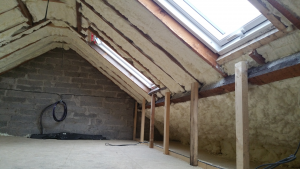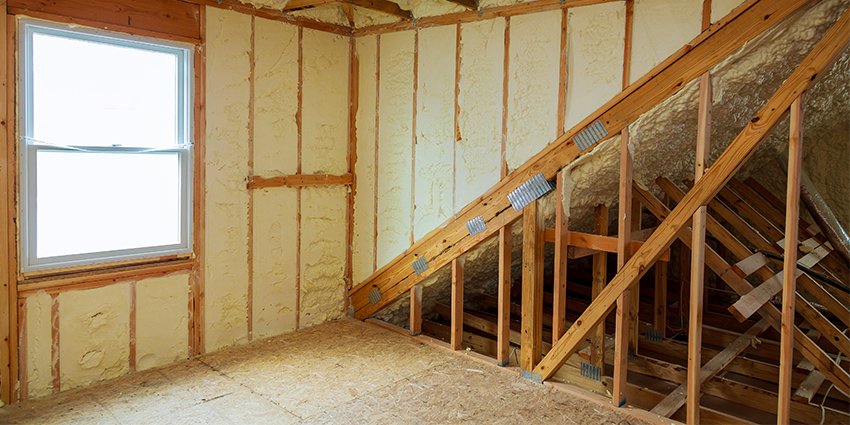Attic Spray Foam Insulation Newtown Mount Kennedy
Spray Foam Insulation Newtown Mount Kennedy
3 Bed Semi Attic Insulation Newtown Mount Kennedy
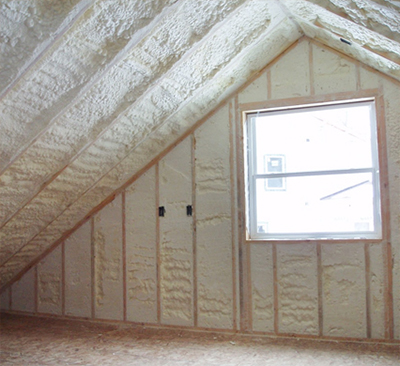
Attic Insulation Newtown Mount Kennedy
Spray foam can be used in many situations. Spray foam is beneficial for roofs, windows or exterior walls.
Spray foam insulation will not only keep you home warm in winter, but will also keep it cool during the summer. Because of its “Cell” structure and composition, it allows moisture-laden air to escape. This helps the house breathe.
Benefits of Spray Foam Insulation for your home
Other uses include: commercial and industrial buildings; agricultural farms houses; sheds; shipping containers; vessels; and the refrigeration industry.
It also creates a shield around your house that keeps out the rain and cold wind. It allows the heat from your home to escape, which is what most other insulating products today fail to do.
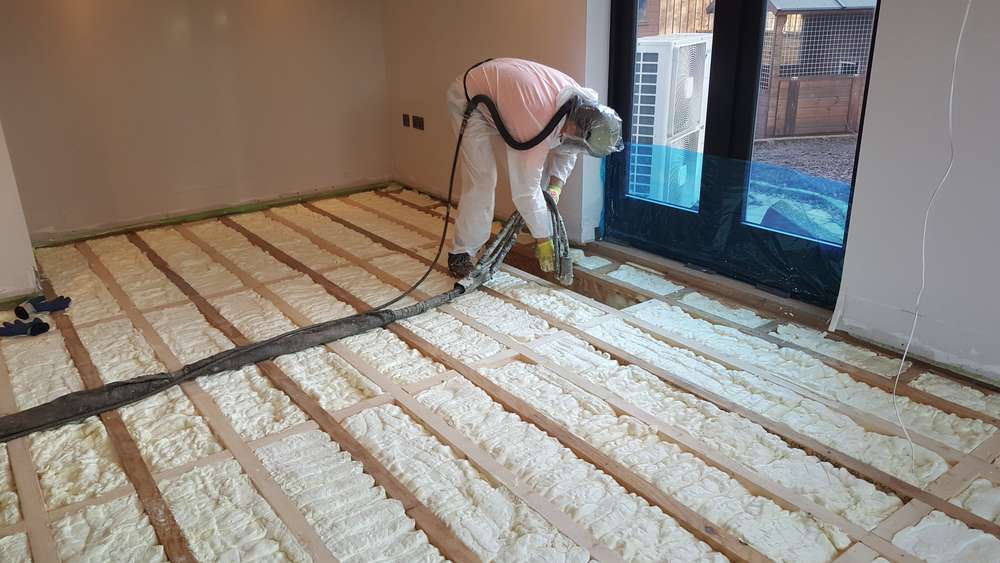
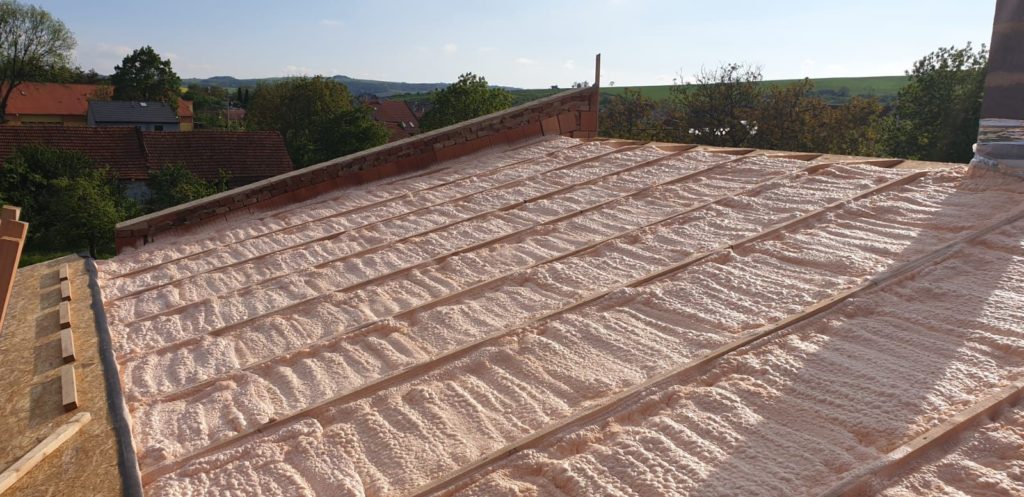
Cost Price Of Spray Foam Insulation
Spray foam insulation, which is the most effective insulation material, is undoubtedly the best. It has a higher insulating value than other materials like rock wool or fiberglass.
Spray foam insulation also works well as an sound barrier. Spray foam insulation reduces outside noise significantly. This is especially beneficial for companies or homes located in densely populated areas or near airports.
Insulate Your Newtown Mount Kennedy Property Properly
It is used to eliminate sound traveling from one room into another, or across floors in the interior walls. It’s especially effective on bathroom walls because noises from flushing toilets or showers can make it a nuisance.
It is easy to use and does not cause any disruptions to your daily activities.
In just one day, you can insulate an Irish home.
It reduces the noise of in-wall and under-floor pipes by encasing them and isolating them.
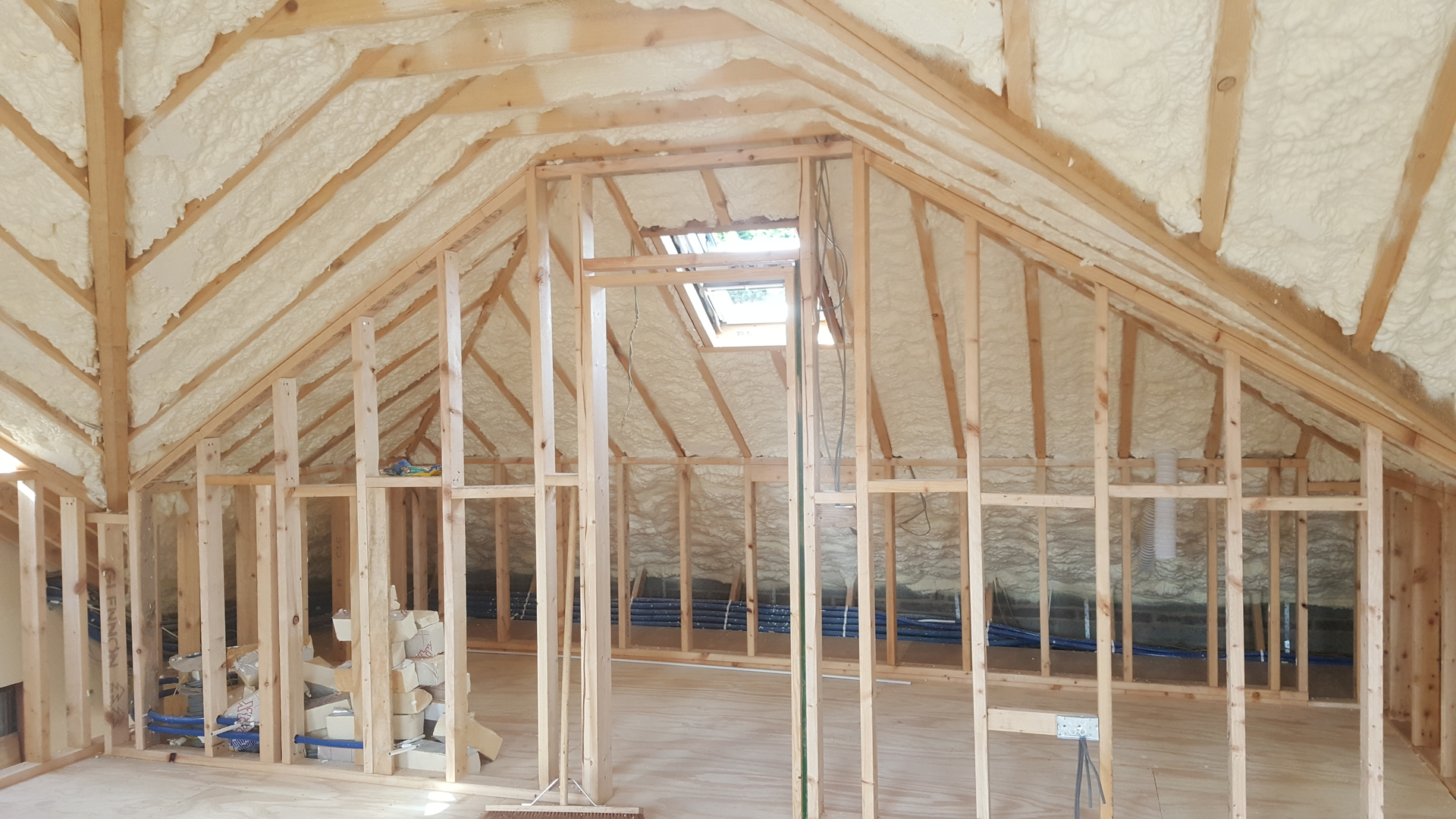
Boards should be laid over the joists if the loft or attic is to be used for storage. The insulation will not be thick enough if it is only between the joists.
It reduces sound transference by up to 50% when used in walls, attics and roofs. Its dense composition, and its application process results in an envelope that is completely airtight. It is able to block sound from the exterior environment (e.g. traffic, pedestrians, etc.) and prevents infiltration in areas where there are airports or heavy industries.
It prevents sound from being generated within a structure from reaching floors above, below, or into adjacent spaces. Spray foam insulation will dramatically reduce the sound levels of many noises within a structure, including talking, hair dryers (phones), office computers and printers as well as running showers, laundry machines, clothes dryers.
Spray foam insulation that is both flexible, and filled with millions and millions of air bubbles will absorb the vibrations of the floor. The floor’s wooden members and floor will also be affected. Spray foam insulation reduces transmission of airborne sounds by sealing and filling every crevice.
Spray foam insulation is also effective in dampening, if no longer completely eliminating, any sounds that might be emanating from a floor like water running through pipes. It surrounds pipes securely, preventing them rattling. It also eliminates the sound caused by hot water flowing through pipes. The heating system heats wooded Joists, causing them to expand, creak and groove.
It also prevents heat from escaping the upper floors. This causes the lower floors of the building to cool down, which then requires more heat in order to keep them warm.
If your loft is easily accessible and does not have condensation problems, insulation should be straightforward.
An uninsulated home loses 25% of its heat through its roof. Insulating your flat roof, attic, or loft can help reduce heat loss and decrease your heating costs.
If it’s easy to access your loft and your joists are straight, you can use rolls mineral wool insulation. The insulation is first laid between the horizontal beams, or joists, that make up the loft floor. Next, another layer is laid at right angles so the insulation can be covered to the desired depth.
You can raise your floor to provide enough insulation. You can either fit timber battens between the joists or buy plastic legs that are specifically designed to fit the joists. You should leave enough air space between insulation layers and boards to prevent condensation.
Do not squash the mineral Wool when fitting the boards onto the top. This will cause it to lose its insulation properties.
Insulation blocks heat escape from living spaces. Therefore, loft insulation will cool your loft space, which can lead to condensation or damp problems. Consider increasing ventilation if you’re installing loft insulation by yourself.
Another way to insulate your loft would be to place insulation between and above the rafters. These are sloping timbers which make up the roof. You have the option of using rigid insulation boards carefully cut to size or foam insulation sprayed between your rafters.
Some companies offer to fix a roof that is leaking or damaged by applying foam insulation directly to the roof. This will not solve the problem. This is something that we do not recommend. Like any type of insulation you should ensure that your roof is in good repair before adding insulation.
If you plan to use your loft for heating, you’ll need to make a room in the roof.
You must insulate your loft if you plan to use it as a living area or if you have one.
The air needs to move freely through your house in order to keep it fresh, dry and healthy. An experienced installer will not block or seal any intended ventilation. Do not cover grilles, airbricks, or vents if you are DIY-insulating.
You can have blown insulation installed if your loft is difficult to access. A professional will use specialist equipment and blow the right insulation material into every space. They might use treated cellulose, mineral wool fibre or polyurethane foam.
Flat roof insulation could help you save similar heating bills as loft insulation. The cost savings will depend on the size of the flat roof.
You can probably insulate your loft yourself if it is accessible and does not have damp problems. For those cases when damp is a problem or a more complex insulation system, professional installation should be done.
Cold draughts could be caused by the cooler loft air. Fit an insulated roof hatch and place strips of draught-exclusion material at the hatch edges.
Insulating your ground floor can help you keep your home warm and reduce your carbon footprint.
Insulating a loft is an effective way to lower heating bills, be more efficient and warm your home in the winter. Even if the loft already has insulation in place, it is essential to use it at its best.
Loft floor rolls: These are the most traditional option. They are rolled up along the loft’s ceiling. They are much easier to lay than insulated floors boards. They are available in loose and encapsulated rolls (blanket) and can be used for both top and bottom layers. To create a storage platform, they can be boarded using stilts.
These items and tips are not included in the article’s list. You should ensure that you’ve read everything before you begin to insulate your loft.
Although insulation is present in many homes, it might not be as effective as you would like. It could be that the insulation has been compressed with storage boards or not being topped up for a while. In some older properties, the loft floor may only be 25mm deep.
There is no need to remove loft floor insulation. To achieve the recommended amount, you can just add one or several layers to it. We will discuss how much to recommend in the next section.
Your loft floor’s joint spacings will affect the width of the roll. This is because insulation will be rolled between the joists. We recommend you select one that’s close to the spacing of your joists. This minimizes the need to trim.
The insulation must meet the requirements for thermal resistance. Alternativly, you can measure the insulation’s thickness if you are only laying loft rolls. For more information, see the section ‘How do I calculate the thickness of loft floor insulation?

Parkhill, Dublin
01 5255297
